Mental Agility
You probably understand physical agility as the ability to move quickly and easily. Physically we train our body to be agile which gives it the ability to do what we need it to do. This physical agility pertains to athletic performance, performing on stage, exercise, and also life skills such as getting groceries, walking the dog, and gardening. Mental agility is not different. Aligning your head and body to do the task at hand can be incredibly important. Many of you understand this concept when it comes to athletic performance, performing on stage, and exercise but it can also be true for moving through life skills as mentioned above. Don’t we all want to be able to move quickly and easily physically and mentally? Let me talk more about what this looks like mentally.
Assess what you need
Mental agility means determining what mental skills you need to perform your best and developing them. That’s what you’d do physically. It’s no different mentally. Physically and mentally you want to be able to move quickly and easily.
You can do this assessment in several ways but one way is to think about what is limiting you or getting in your way of performing optimally? What is happening? What feels like it’s not working?
The thing that comes up might be physical. Go a level deeper. What’s behind the physical thing that is not going the way you want it to? That’s where the work needs to happen.
Figure out how to develop the skills you need
Once you assess what’s not working, you can decide how to start working on it. If you want to grow physically you might take a class or workshop or read a book. Do those same principles apply? They might.
And, they might not. While those things might be a good starting point, many of us need a guide to exercise, learn how to play an instrument, or be better leaders. Why? Because there’s a huge difference between knowing what to do and how to do it. Workshops and books are a great resource but they aren’t always helpful in helping you figure out how to develop the applicable, practical skills that are individually tailored to you. Besides that, as human beings, we often try something once or twice, and if it doesn’t work we stop trying it. You need to keep going past once or twice when evaluating whether something is working.
But what really seems to help in situations where people are serious about growth is finding the right person to help guide you through the process. I equate this to the work I do as a college professor. My students do the reading and then I help guide them in the application process. Finding the right performance coach who will help you develop the mental skills and mental agility you need to perform at your best is critical. Otherwise, the process will keep breaking down and it might never happen. Just as you would hire a coach or teacher to help you become a better athlete or musician physically, hiring a performance coach to help you develop your mental skills so that your brain and body align allowing you to perform more optimally can make a huge difference.
Reflect, refine, and reinforce
After assessing what skills you need and then building a strategic plan to develop them, it’s important that part of that plan focuses on making those skills your new ‘go-to skills’ for everyday life. This is another reason it’s good to hire a ‘coach’. A coach can help you figure out how to move away from your current skills to the ones that are more optimal.
There are a few good steps in this process: reflect, refine and reinforce. You should get in the habit of reflecting on what is happening, how it feels, and whether or not it’s working. Get really specific about these things. If something is not working, you want to identify why it’s not working so you can change it. This doesn’t always mean scrapping everything you are doing and starting over. It may mean that one small piece is not quite right or the timing isn’t the best. This also does not mean changing something every day. I always suggest sticking with what you are doing for at least 1-week. That is the length of time clients will work on something between sessions. We’ll then revisit what they are doing and decide what to change if anything. If what you are doing seems to be working then keep doing it. Set up ways to remind yourself to do it consistently.
When you are doing the more optimal thing, you don’t get as stuck and you’re able to develop mental agility. You can move more quickly and easily because there are fewer barriers. You are also more aware of what is happening and move more quickly and easily into the space you want to be in versus staying stuck in a space that you don’t know how to get out of.




